10 Segment Dual Led Light Display Module Bar Graph Ultra Bright Red Yellow Orange Colors Multi-color
₨ 55
Description:
-
LEDs: This module features ten separate segments, each consisting of two individual LEDs, typically of ultra-bright colors like red, yellow, or orange. These LEDs are arranged in a linear fashion to form a bar graph display.
-
Colors: The LEDs used in this module can emit multiple colors, with red, yellow, and orange being the most common. Each segment can have its LED color or a combination of these colors for multi-color indication.
-
Brightness: These LEDs are usually ultra-bright, making them easily visible in various lighting conditions. Their brightness can be adjusted using external circuitry if required.
-
Segments: The module consists of ten segments, which can be lit individually or in combination to represent different levels or values.
-
Control: Typically, these modules are controlled using digital inputs. By activating specific segments, you can create bar graph displays that show information such as volume levels, signal strength, or any other analog data that needs to be visually represented.
-
Applications: Bar graph display modules find applications in various electronic devices and systems, such as audio equipment, signal strength meters, power level indicators, and more. They are used to provide a quick visual representation of data or status.
-
Size and Mounting: These modules come in various sizes, and they are usually mounted on a PCB (Printed Circuit Board) for integration into electronic systems. The size and design may vary depending on the manufacturer and specific product.
-
Voltage Requirements: The operating voltage for these modules can vary, so it’s important to check the datasheet or product specifications for the specific module you’re using.
Overall, a 10-Segment Dual LED Light Display Module Bar Graph is a useful component for displaying data in a clear and visually intuitive manner, making it a valuable tool in electronics and instrumentation.
Be the first to review “10 Segment Dual Led Light Display Module Bar Graph Ultra Bright Red Yellow Orange Colors Multi-color” Cancel reply
Related products
Consumer Electronics Online Shopping in Pakistan
Consumer Electronics Online Shopping in Pakistan
10 Segment Led Light Display Module Bar Graph Ultra Bright Red Yellow Green Blue Colors Multi-color
Accessories & Tools
1200w 20a Dc Converter Boost Step-up Power Supply Module In 8-60v Out 12-83v
Consumer Electronics Online Shopping in Pakistan
Accessories & Tools
12v 2a Power Supply Adapter Ac Dc Switching Regulated Supply Refurnished
Accessories & Tools
Commercial & Industrial










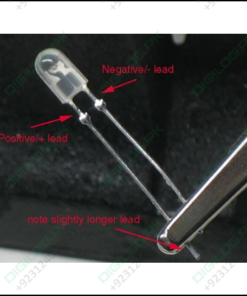

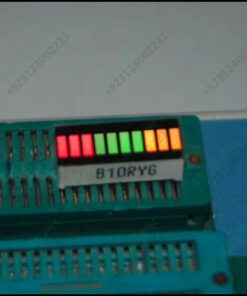

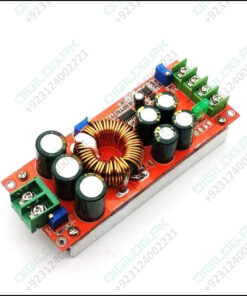
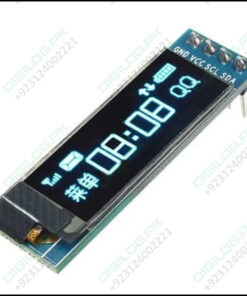

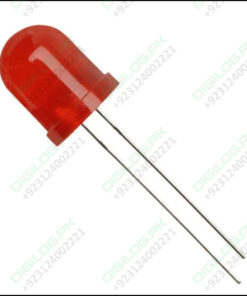


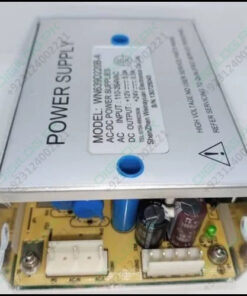

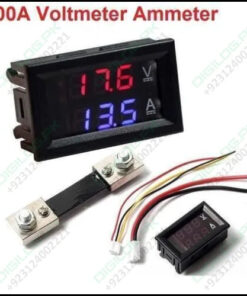
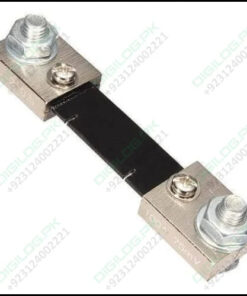
Reviews
There are no reviews yet.